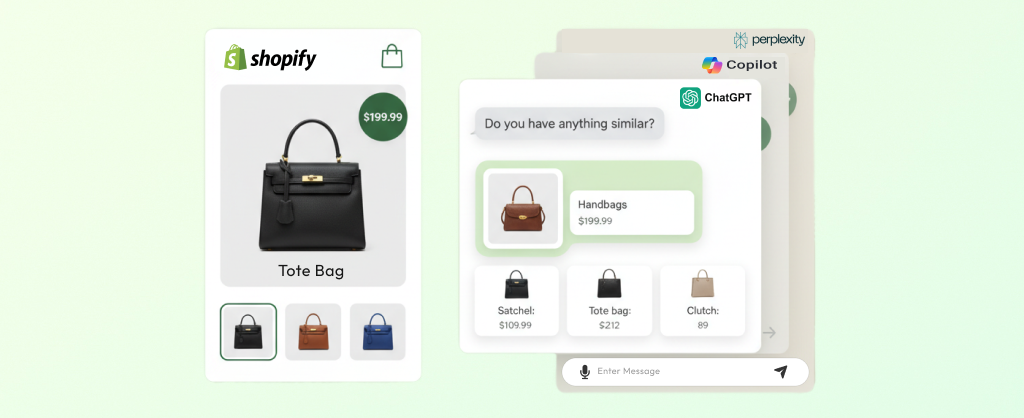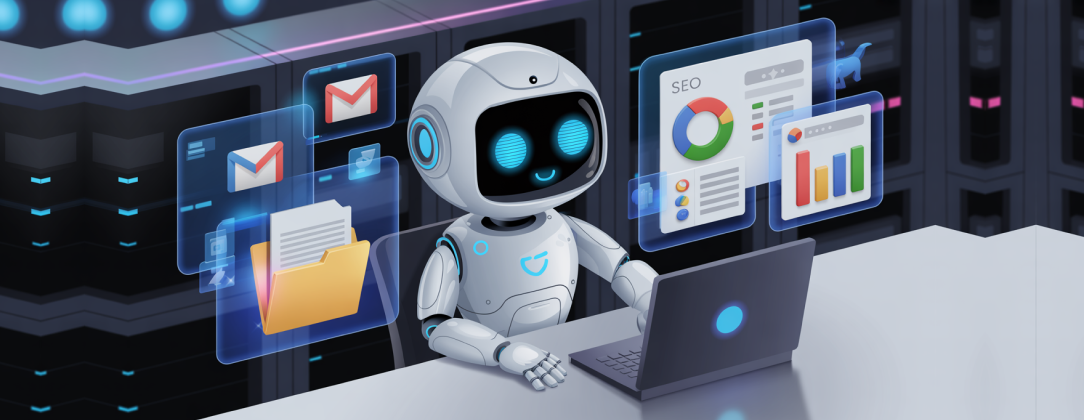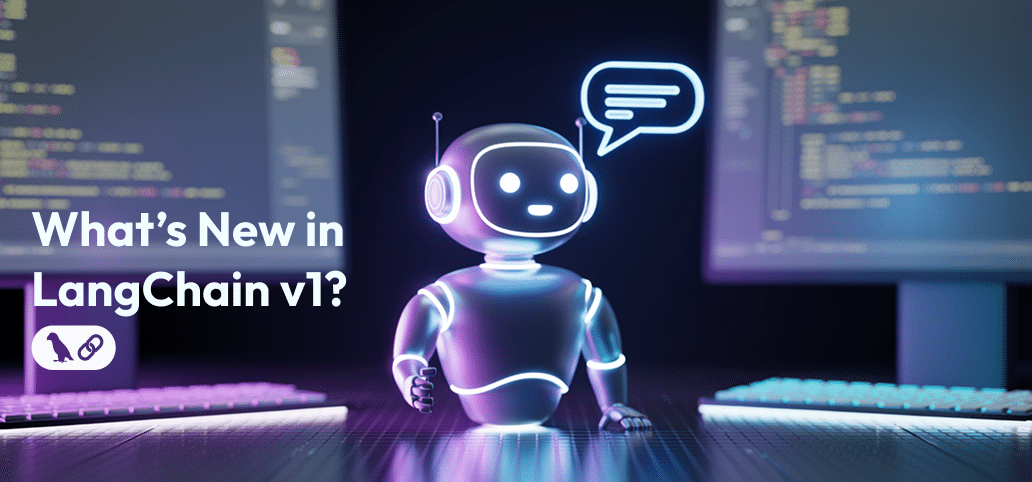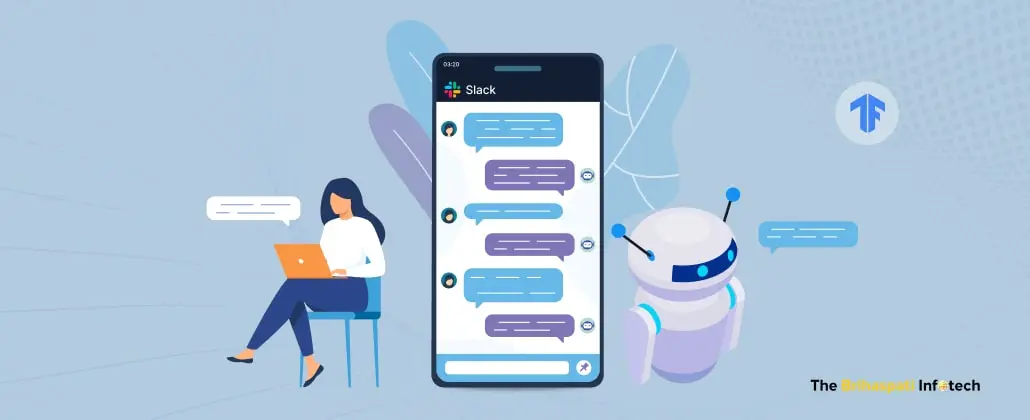
Custom AI Chatbot: Automate Your Business Operations
In today’s fast-paced business world, effective communication is crucial for the success of any organization. With the advent of Artificial Intelligence (AI) technology, businesses have turned towards customer service chatbots to assist their clients in interacting with their operations.
Our team of expert AI developers recently had the opportunity to develop a Custom AI Chatbot. This intelligent chatbot, integrated with the popular collaboration platform Slack (it is an external platform), offers businesses a streamlined and efficient way to communicate and collaborate.
“Al is probably the most important thing humanity has ever worked on.” – Sundar Pichai, CEO of Google
AI Models and Their Evaluation
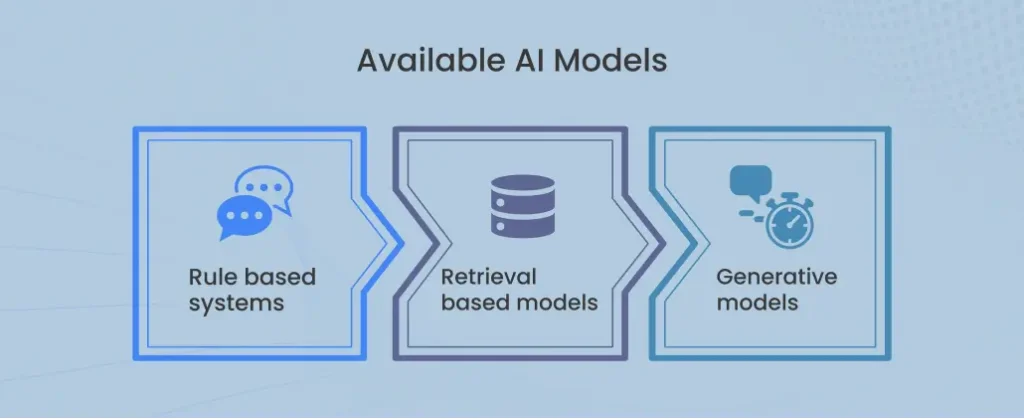
-
Available AI Models
Various AI models are available for chatbot development, each with its strengths and weaknesses. Some of the most commonly used models include:
— Rule-based systems: These models use predefined rules and patterns to respond to user queries.
— Retrieval-based models: These models retrieve predefined responses from a database based on the similarity of the user query.
— Generative models: These models generate responses from scratch based on the input query, often using deep learning techniques like recurrent neural networks (RNNs) or transformers.
-
Model Evaluation & Selection
When selecting an AI model for chatbot development, it’s essential to consider factors such as accuracy, scalability, and computational efficiency. Evaluation techniques may include:
— Testing the model’s performance on a diverse range of user queries.
— Assessing how well the model adapts to new data and user interactions.
— Evaluating the model’s ability to handle various languages and dialects if required.
-
Fine-tuning & Training AI models
After selecting a suitable AI model, fine-tuning and training are crucial to optimize its performance for the specific chatbot application. This involves:
— Collecting and preprocessing training data to ensure it’s relevant to user queries.
— Fine-tuning the model parameters to improve its accuracy and response quality.
-
Model Deployment and Maintenance
Deploying a chatbot into production involves more than just releasing the trained model. It requires careful consideration of factors such as:
— Continuous monitoring of the chatbot’s performance and user feedback for ongoing improvements.
— Regular updates and maintenance to address issues, improve accuracy, and incorporate new features.
Our Case Study of Custom AI Chatbot Creation For Slack
Developing a chatbot from scratch using a preprocessed dataset and readily available AI models might seem straightforward. However, the challenge arises when dealing with raw data from business conversations.
Recently, our team of AI experts tackled this complexity by crafting a custom AI chatbot for Slack. This endeavor was driven by the need to streamline customer service processes and simplify various aspects of business operations within the platform.
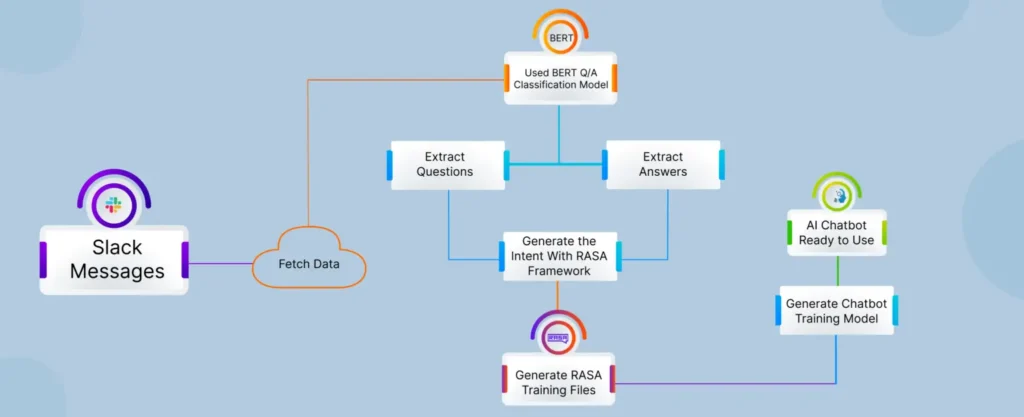
The development process involved steps to transform raw business conversations into meaningful training data for the chatbot. Leveraging our expertise in natural language processing and machine learning, we curated and preprocessed the dataset to extract relevant insights and patterns. Let’s have a look at the development process in further details
1. Utilizing the Slack API to get messages for Extracting Raw Data
In order to fine tune BERT for text classification purposes, it was important to use a dataset consisting of messages suitable for training. To accomplish this, we leveraged the Slack Web API.
It is a versatile tool that enables us to retrieve messages from various sources including channels, direct messages, and other conversation threads within the platform.
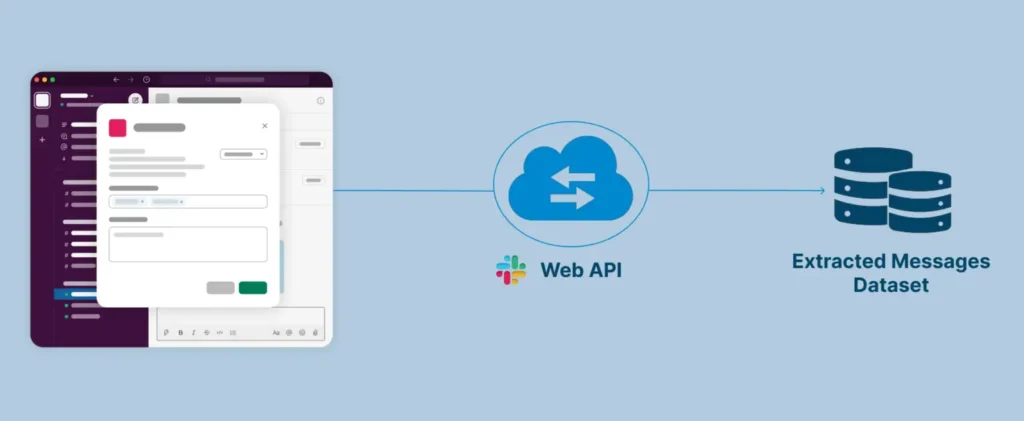
We collected many different user questions and requests covering a wide range of topics and problems. This gave us a lot of raw data, filled with valuable insights straight from the users using Slack API integration. This data was essential for building our Slack AI Chatbot.
2. Understanding the BERT Base Model for Text Classification
BERT, a transformer model, pre-trained on English text without human annotations, leverages publicly available data. It trains with two objectives:
— Masked Language Modeling (MLM)
— Next Sentence Prediction (NSP).
MLM involves masking 15% of words in a sentence and predicting them. NSP tasks the model with determining if two concatenated sentences logically follow each other. Furthermore, BERT does tasks like sequence classification, token classification, and question answering, utilizing the entire (possibly masked) sentence.
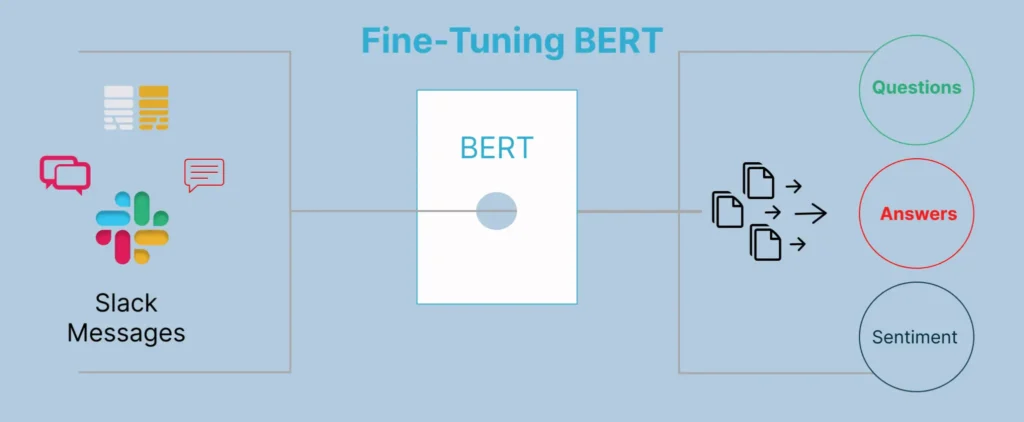
When selecting a model to serve as the basis for our Slack AI Chatbot, we decided to opt for the BERT Base Model (uncased) due to its exceptional abilities in comprehending and categorizing user queries.
This model has been proven to be highly effective in
— Understanding requests posed by users
— Classifying the various questions.
3. Fine Tune BERT for Text Classification With Tensorflow and Python
Data preprocessing is of utmost importance in training an AI model as it significantly impacts the accuracy and effectiveness of the model. In order to enhance the performance of the BERT base model, it is imperative to undertake a series of steps to clean and format the data obtained via Slack API integration.
Additionally, formatting the data in a structured and organized manner contributes towards optimizing the performance and efficiency of the AI model during training. Hence, data preprocessing serves as a pivotal step in preparing the data for the BERT base model.
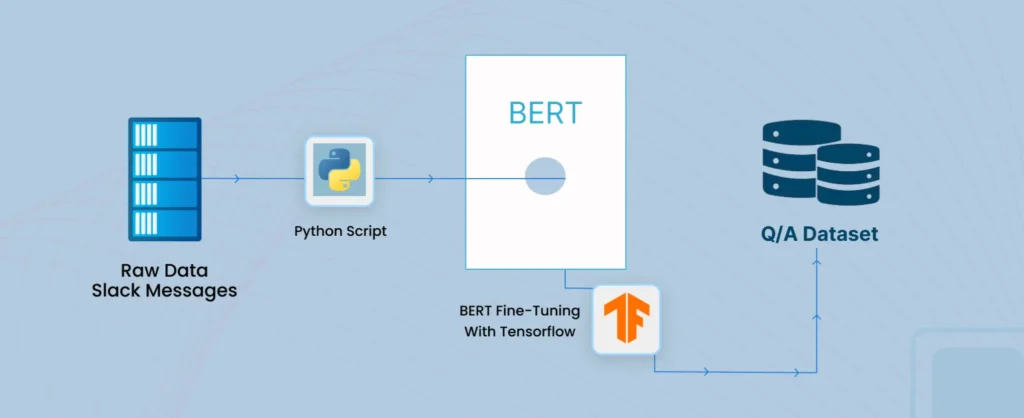
Therefore, we developed a custom Python script that dynamically fetched slack messages in the form of raw data to prepare the dataset. Further, using the TensorFlow framework we had to fine tune Bert for text classification using raw conversation text.
We used TensorFlow and Python script in order to train and deploy the BERT model, perform advanced text processing tasks, and handle Question Answering tasks.
4. Deploying the Fine Tuned Bert Model in the RASA chatbot framework
RASA is an open-source chatbot framework that provides developers with the tools and libraries necessary to build AI-powered chatbots. It also offers a flexible and customizable platform for designing conversational agents that can understand and respond to user inputs.
Additionally, Rasa provides built-in support for dialogue management, entity recognition, and intent classification, making it a comprehensive solution for developing intelligent chatbots.
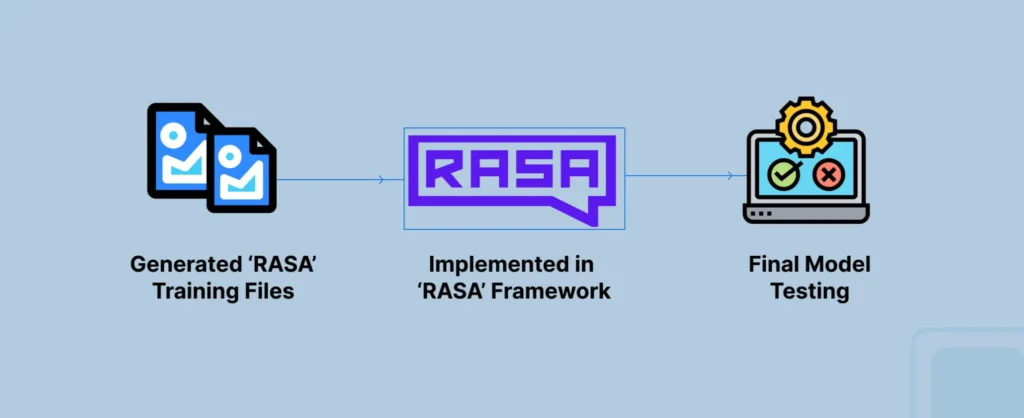
In the final stage of the process, the preprocessed dataset, which comprised three key components – Questions, Answers, and Intent, was successfully fed into the highly efficient and robust RASA framework. This step was crucial in facilitating the generation of Rasa Framework training files.
These files would further serve as the primary resource for training and enhancing the capabilities of the chatbot. After the files were generated, we further proceeded to train and test the RASA model, taking into account various parameters and configurations to ensure its optimum performance.
5. Finalized Custom AI Chatbot for Slack
The final custom AI chatbot, which was specifically developed for Slack, was now fully operational and ready for use. Hence, with the integration of TensorFlow and Python, the chatbot could efficiently handle and resolve user queries by sending them messages through the Slack platform.
This latest update showcased the enhanced capabilities of the AI chatbot, making it even more versatile and user-friendly. Additionally, we can build similar AI solutions for any business website, regardless of the technology used, whether it’s Shopify, WooCommerce, Magento, or any other platform.
Hurdles Faced While Building Custom AI Chatbot for Slack
— Dataset Labeling
One of the primary hurdles we encountered while developing the Slack AI Chatbot was the process of creating a labeled dataset from raw message text. This task posed a significant challenge due to the diverse nature of the messages and the need for accurate labeling.
— Managing and Annotating Large Datasets
Furthermore, the sheer volume of messages to process added another layer of complexity. Managing and annotating a large dataset required robust infrastructure and efficient workflows to ensure timely completion without compromising the accuracy of the AI model.
Significance of Customer Service Chatbots for Businesses
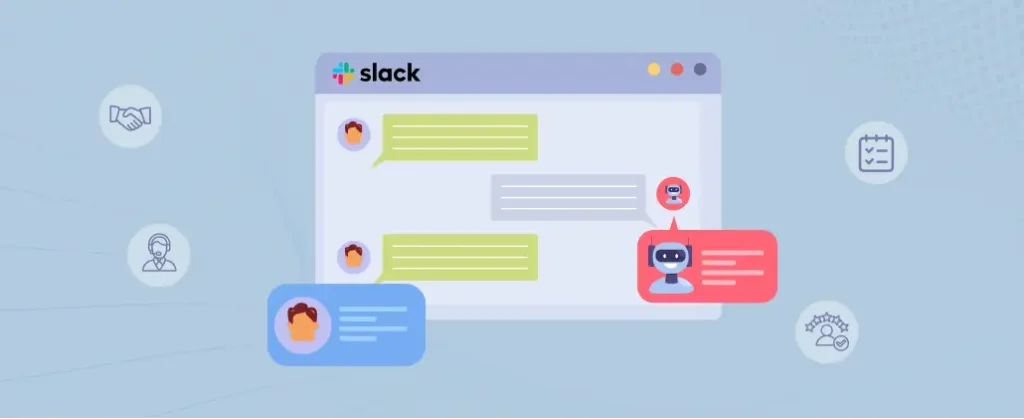
- Firstly, a customer service chatbot automates routine tasks, freeing up valuable time for employees to focus on strategic and creative work. It can handle repetitive inquiries and provide instant answers to frequently asked questions. Additionally, it can also perform tasks like scheduling meetings or retrieving information from databases.
- Secondly, the Slack AI Chatbot enhances internal communication by acting as a virtual assistant, bridging the gap between employees and information. Further, it helps find documents, obtain real-time updates, and connect team members from different departments, ensuring seamless communication.
- Lastly, the chatbot improves customer service by providing instant support and personalized responses. It also handles customer queries, resolves issues, and suggests relevant products or services based on user preferences, enhancing satisfaction, sales, and loyalty.
Future Of Custom AI Chatbots
Sentiment Analysis
Chatbots can interpret user emotions, improving personalized responses and enabling proactive customer service.
Question/Answering
Enhanced understanding of complex queries can provide real-time, accurate answers, streamlining information retrieval.
Text Generation
With generative models, chatbots produce human-like responses, facilitating engaging interactions and content creation.
Text Summarization
Chatbots can distill lengthy content into concise summaries, aiding decision-making and knowledge dissemination.
Frequently Asked Questions
AI technology, such as chatbots, assists businesses in streamlining communication processes, improving efficiency, and enhancing customer service.
Rule-based systems, retrieval-based models, and generative models are among the most commonly used AI models in chatbot development.
Fine-tuning and training AI models optimize their performance for specific chatbot applications by improving accuracy and response quality.
The process includes collecting raw data from business conversations, understanding appropriate AI models, fine-tuning the model for text classification, and deploying it using frameworks like RASA.
The BERT model was selected due to its capabilities in understanding and classifying user queries effectively, making it suitable for tasks like sequence classification and question answering.
Yes, our team of expert AI developers can develop similar AI solutions for any business website, regardless of the technology used, such as Shopify, WooCommerce, Magento, or any other platform.
RASA is an open-source chatbot framework known for its flexibility and comprehensive features like dialogue management and intent classification, making it ideal for developing intelligent chatbots.
Our Closing Words
In conclusion, the CustomAI Chatbot offers businesses a valuable tool for streamlining communication and boosting productivity. By automating routine tasks, improving internal communication, and enhancing customer service, the chatbot can significantly enhance the effectiveness of a business.
If you’re considering a similar AI solution for your business to automate customer engagement processes and improve team efficiency, feel free to contact our team of API Integration Experts today. Let’s discuss your requirements and get your own Custom AI chatbot up and running!
Stay Tuned for Latest Updates
Fill out the form to subscribe to our newsletter



